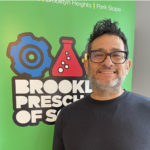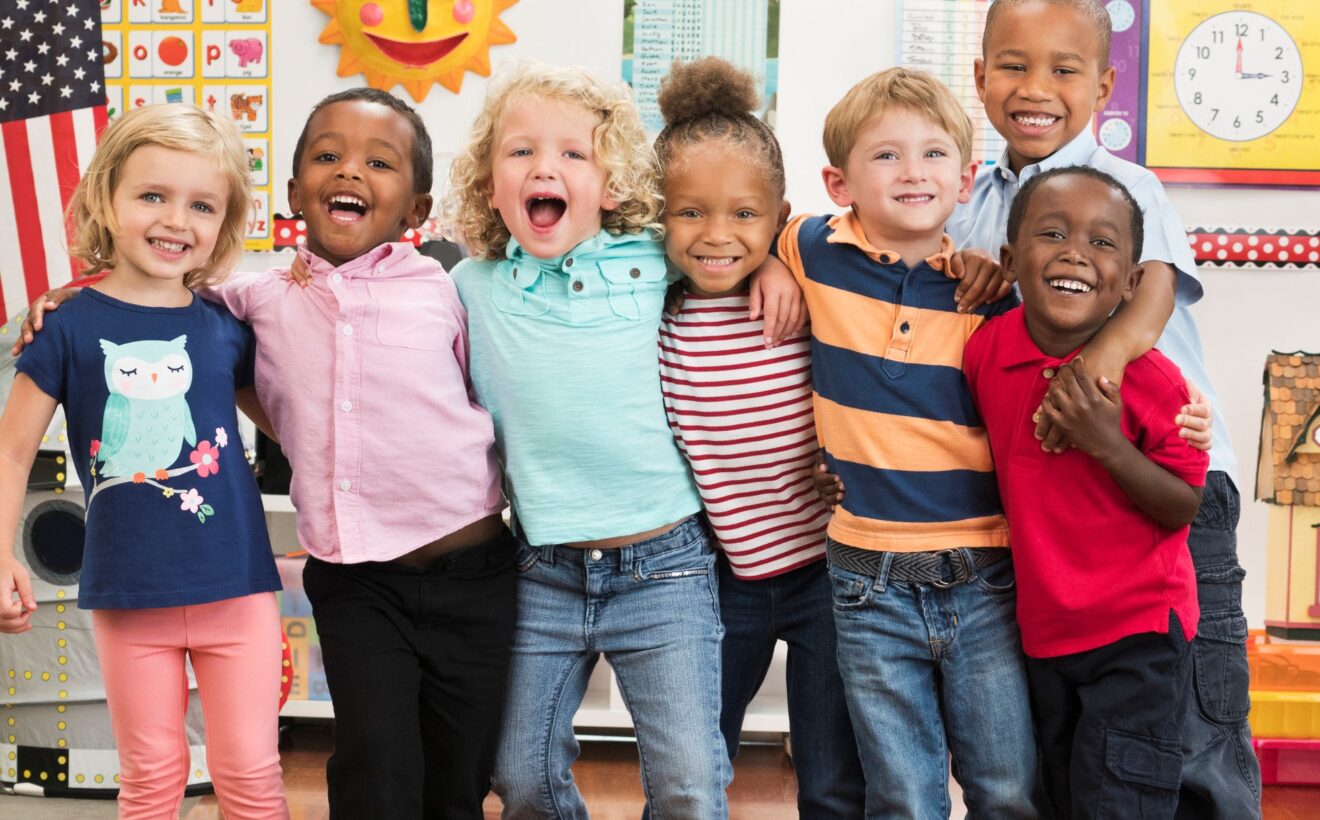
At Brooklyn Preschool of Science, as at most schools, we try to meet the needs of each student to help them reach their own unique potential. The first step — get to know preschoolers — a process that ideally begins before each one ever sets foot in a classroom. Since children develop and change so much as they grow, it is a process that continues through the school year and even into the summer. Here’s how we make sure we get to know preschoolers and their needs, no matter the time of year.
Back to school — with families
If you’re going to support children as individuals, it helps to get to know who these kids are before the year even begins. Before the first day of school, our teachers have Zoom meetings with each student’s family where they discuss issues such as the student’s strengths and weaknesses and likes and dislikes.
Lately, for example, we’ve had families talking about how their children are a little introverted because they were COVID babies and didn’t have as many opportunities to attend things like parent-and-me classes where they could play with other children. This might tell a teacher that she needs to set up more parallel play activities to help those students adjust to the social aspect of school.
That initial meeting before the first day of school is also an opportunity for the student’s family to share information such as an auditory issue that might affect their student’s ability to learn or interact with classmates.
I taught for 20 years, and every fall I had to reconfigure my room, attend several professional development sessions, and then greet the students on the first day of class without ever meeting their families. Knowing a bit about your students as individuals can inform all the other things a teacher has to do to get ready for the school year. Who better to tell you about a student than the adults who live with them every day?
Family stay-and-play
At the beginning of the school year, we have a stay-and-play event where families spend the day at school with their new students. It gives them a chance to be who they naturally are. A child can change quite a bit from morning until noon just because they get tired and cranky. The anxiety of a family member leaving them alone might cause them to behave very differently than they would if they felt more secure and comfortable, so we like to give them a chance to be themselves right off the bat with their new teachers and classmates.
Throughout September, we have a themed unit of study called “All about me, myself, and my community” designed to give students the opportunity to be part of a group. It allows their teachers to see how each student will behave in small groups, large groups, parallel play and other configurations.
Some of our students have been in a school setting before or have older siblings who have passed along some information about school routines and expectations. Others have no prior experience or ideas about what school is like. So it’s important for our teachers to understand the strengths and weaknesses each student brings to class. It also gives teachers an opportunity to identify individual quirks, such as a student who never says a word in front of the class but is the most verbal and articulate child you could imagine one-on-one.
Get to know preschoolers throughout the year
After that initial Zoom meeting before school starts, our teachers follow up in person with each student’s family around election day and again in April. These are opportunities to let families know about progress their student has made regarding concerns they shared with the teacher and to share any strategies or techniques that have worked well. Teachers also highlight cognitive developmental milestones to help families understand where their students are thriving and where they might need additional support.
Throughout the year, we use a curriculum that features social and emotional learning components integrated with the lessons. So much of early education is about teaching students the routines and expectations of the classroom, and those require developing skills such as self-control and patience to be able to participate in group activities or wait their turn.
We also bring in pioneers of the industry to host SEL training for our teachers. Throughout the school year, all our teachers will spend approximately 20 hours in professional development. These sessions are not just important because they provide ongoing professional learning for our teachers. They also give them an opportunity to practice collaborating on supporting students.
We always have two teachers in every classroom at our school, so professional development opportunities let teachers work together on different strategies and techniques to help their students. This is an important part of becoming skilled co-teachers.
Into the summer
Student abilities at any age are varied, but the range can be enormous in early childhood. As we get to know preschoolers every year, we find some of our 4-year-olds can come to school in September reading at a kindergarten level, while others in the same class are still learning to identify most of the letters of the alphabet. Everyone will grow throughout the year, but they will still be hitting developmental milestones at different points.
At the end of the school year, we like to send each student out the door with some books to help prepare them for next year. Those precocious readers will get books that their teacher hopes will inspire a lifelong love of reading. Students who are still working on identifying all the letters of the alphabet will receive books to help ensure they know them by the time they start school next year.
As educators, we have a responsibility to help our students turn their weaknesses into strengths and their strengths into areas of excellence wherever possible. First, though, we have to get to know preschoolers as individuals and identify where those strengths and weaknesses are.
Carmelo Piazza is the executive director/educational director of Brooklyn Preschool of Science. He can be reached at [email protected].
Opinions expressed by SmartBrief contributors are their own.
_________________________
Subscribe to SmartBrief’s FREE email ASCD newsletter to see the latest hot topics in education. It’s among SmartBrief’s more than 250 industry-focused newsletters.
